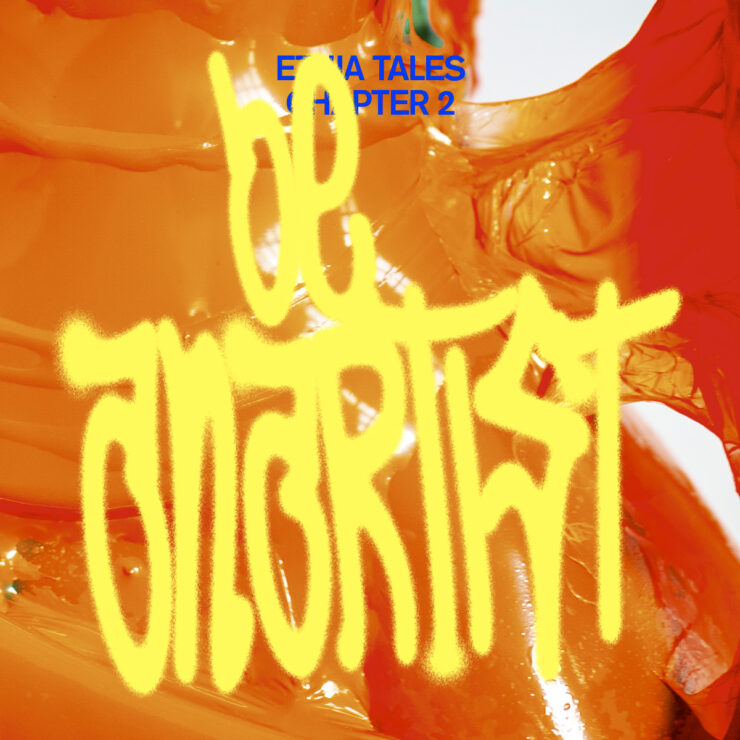
Today we are pleased to launch the second chapter of our Etnia Tales: BeAnartist. Just as was the case with Chapter 1, Etnia Tales explains the main pillars on which the Etnia Barcelona Brand is built through a series of different short tales.
In this second chapter our aim is to showcase the close relationship the eyewear brand has with the world of art. To Etnia Barcelona, art is a way of understanding the world, it is embedded in the DNA of the firm, in its very essence. It is apparent in all its campaigns, its work with artists and, indeed, in all that surrounds the brand.
Be Anartist (combination of the words artist and anarchist) has been the leitmotif of the firm, ever since we first coined it in 2017. It is a statement: “Rebel through art”. It is a concept developed to include all who believe there is no need to follow the standards set, that stereotypes corrupt creativity and that everybody should fight to find their own form of expression.
So, in the second chapter of Etnia Tales, the protagonists are 3 Barcelona artists who strive and struggle each and every day to find the way to express themselves and rebel through their art. They are Gastón Lisak (@gastonlisak), Genie Espinosa (@geniespinosa) and Martí Sawe (@martisawe).
We chatted with them. Here is what they had to say:
Gastón Lisak defines himself as an artist and activist. He gathers objects which he then encapsulates and transforms to convey a new message.
“All the sculptures we see in the streets are invisible to our eyes. How about if we filled them with colour? Transformed them? I think it’s fantastic to be able to see things differently through colour.”
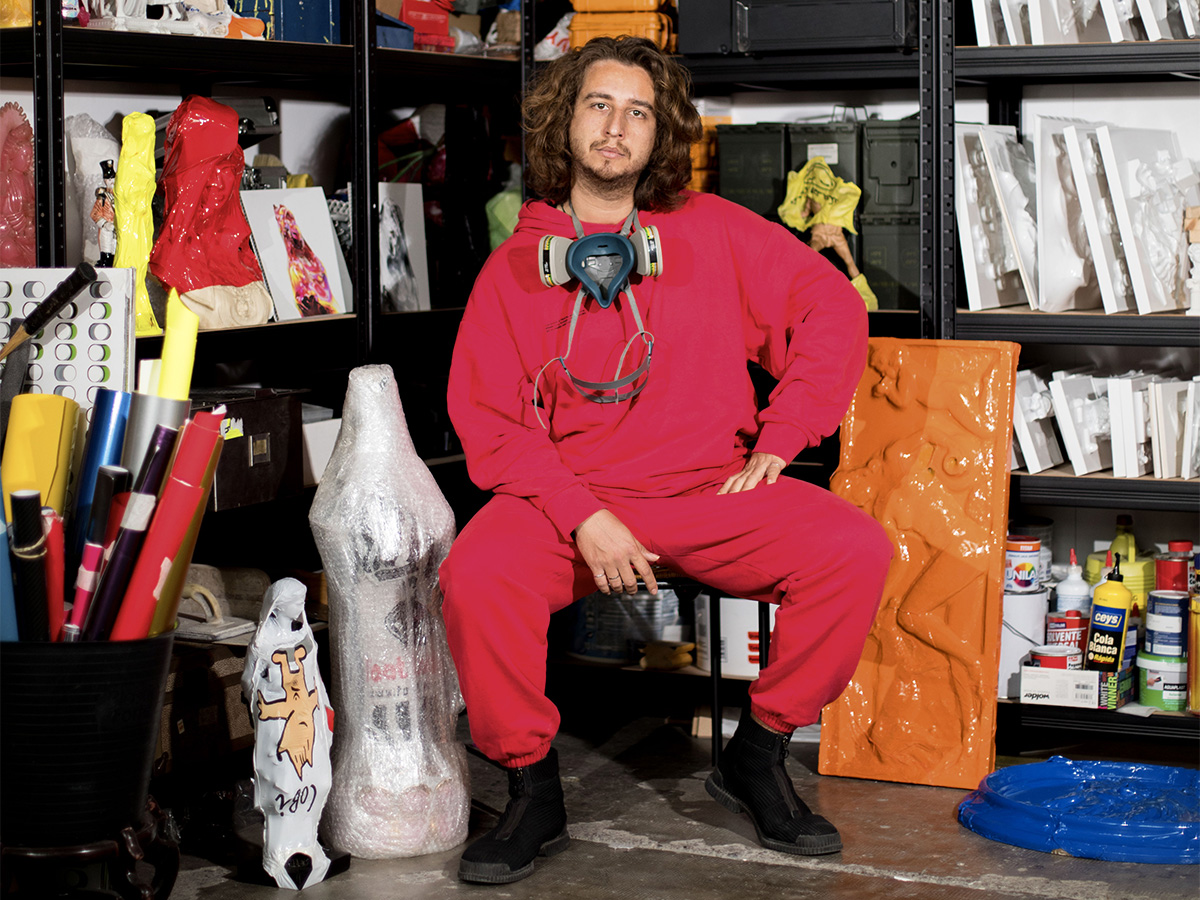
E: Gastón, how would you define your work? What kind of objects or material do you work with?
G: For the last couple of years I’ve been working with objects I find. Icons that you find around the house, or at your relative’s, things that have always been there, either in the private or the public sphere. Sculptures, objects that represent other times, or highly inspirational classical scenes that I collect and transform, make fit the current context.
The whole collective imagination through sculpture that I encapsulate and transform to generate a new message. Pieces that are turned into contemporary portraits of how we live our lives today.
E: So you use colour to create a second dimension?
G: A solid colour generates a flat version of an object. For example, in my Arqueología Mundana (Mundane Archaeology) series I encapsulate everyday objects in white. Eliminating colour is also an interesting exercise. You can add or remove colour.
We’re used to seeing sculptures in bronze, wood or terracotta, but when we see them in a different colour, like blue, it causes a change in us. Because we’re not used to seeing them like that. My work has a lot to do with making things look strange, with eliciting the curiosity of the onlooker.
E: So you believe we can use colour to transform?
G: If, for example, you see an object you had at home, which was always colour X, in a different colour it impacts you, you see it in a completely new light.
All the sculptures we see in the streets are invisible to our eyes. How about if we filled them with colour? Transformed them? I think it’s fantastic to be able to see things differently through colour.
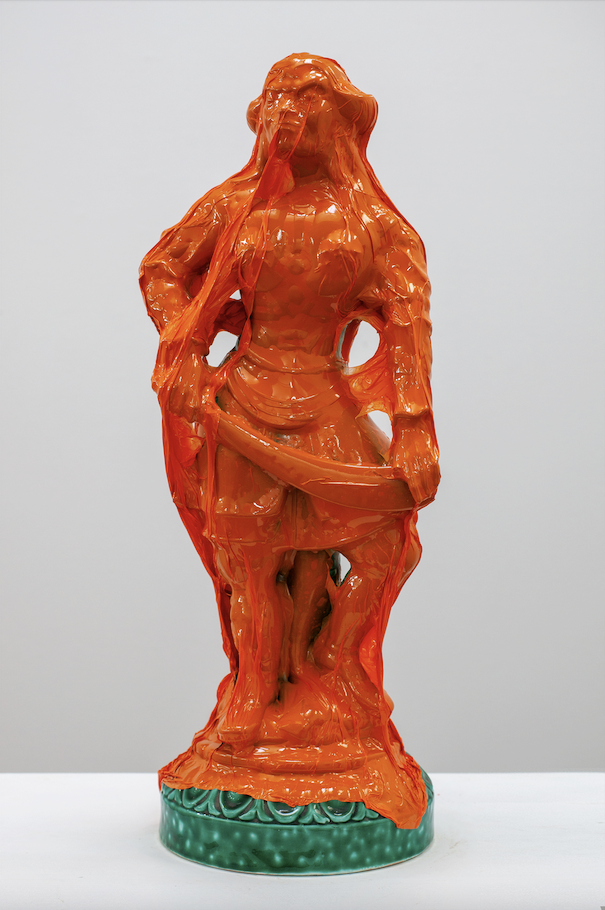
E: The Etnia Barcelona Brand has always been closely linked both to art and to the city which gave birth to it, Barcelona. How do you see the fact you’re based in Barcelona affecting your work?
G: I was born in Barcelona, I love the place. I believe it’s a town which is on everybody’s map. It is my cradle, my inspiration. It is my base, I seek inspiration from further afield and bring it back to the city.
E: It is a town in constant movement, vital, full of stimulation. As I work with objects I find, being a capital city, a town brimming over with people, it is really good for my work. There are so many different outlooks and objects related to different people who have passed through it. Each object tells a story.
G: Are there any historical artists you admire?
E: Many. As my father, mother, and holy spirit, Duchamp. I believe he marks a before and after in the world of art. He is our life blood and thanks to him, we do what we do today.
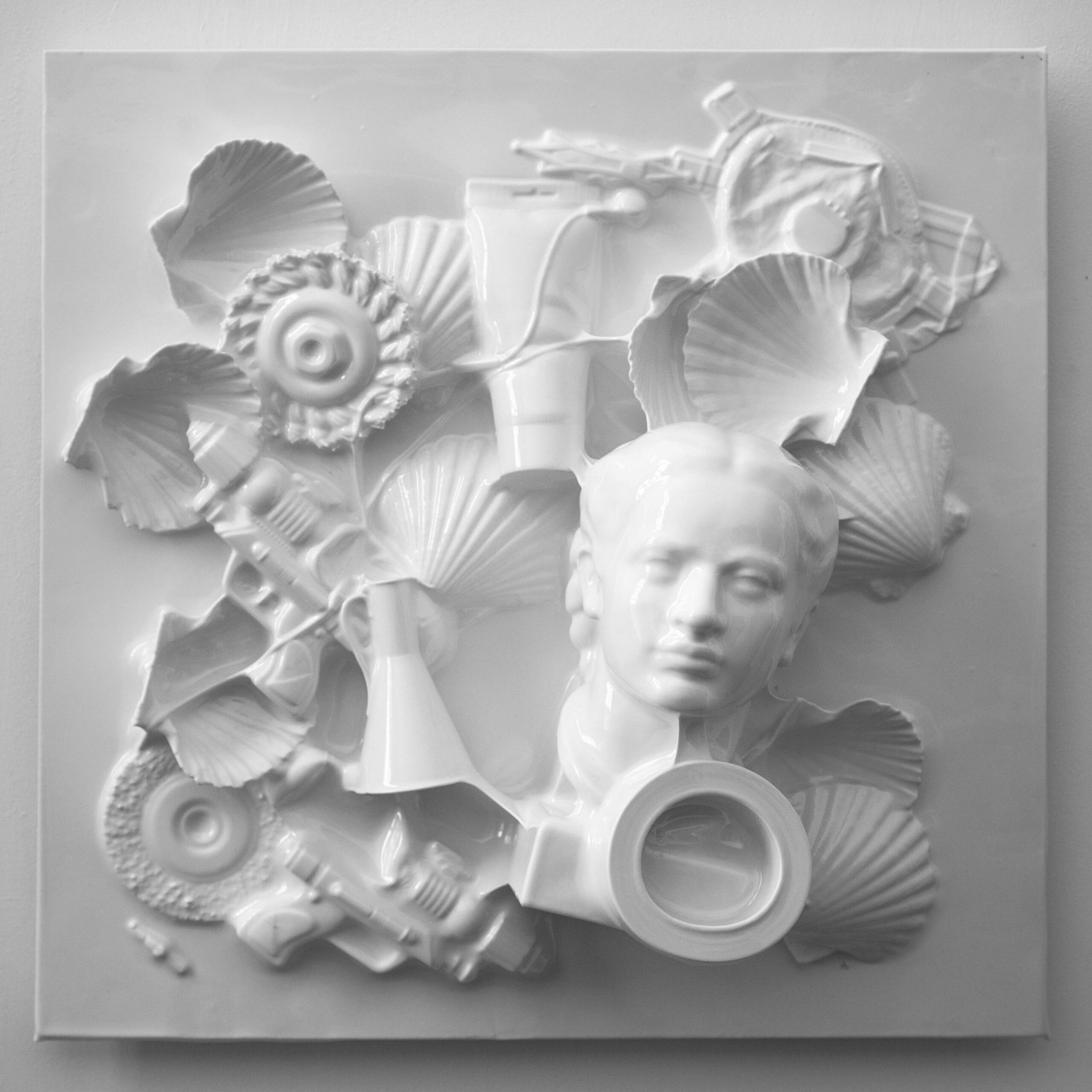
Genie Espinosa, illustrator. Passionate about art and illustration from childhood. Her work is an explosion of colours, figures and extravagant characters. She seeks to convey messages that go far beyond what her work appears to be saying at first sight.
“… I use colour differently, not like it is usually used, I never use it as if real, I work with no-normativity. I am really interested in inclusivity, the queer, non-binary world … I use it to create a safe scenario for all.”
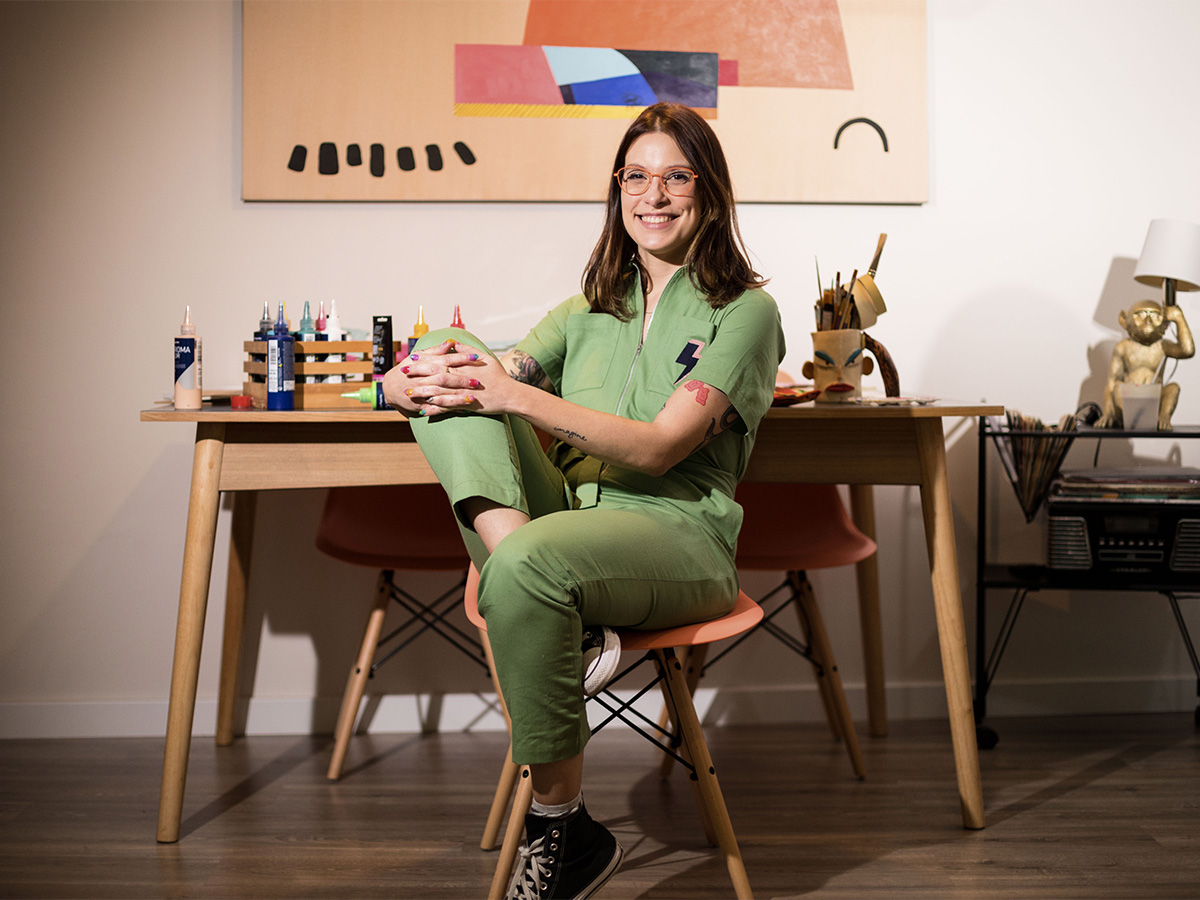
E: Hi Genie, as we came in I saw a very “candyish” illustration, but then suddenly saw it said Bitch Everywhere. Is such contradiction a feature of your work? What are you trying to say with it?
G: When creating an illustration, I always think about what it is I’m trying to say with it and yes, I always partially conceal it, like a secret. At first glance you see one thing. But then, if you come back to it, you’ll always find something else. For example, details like scars on people, caused by the things around them.
Sometimes I use things related to myself, things I identify with, and when people realise, and tell you, it’s cool.
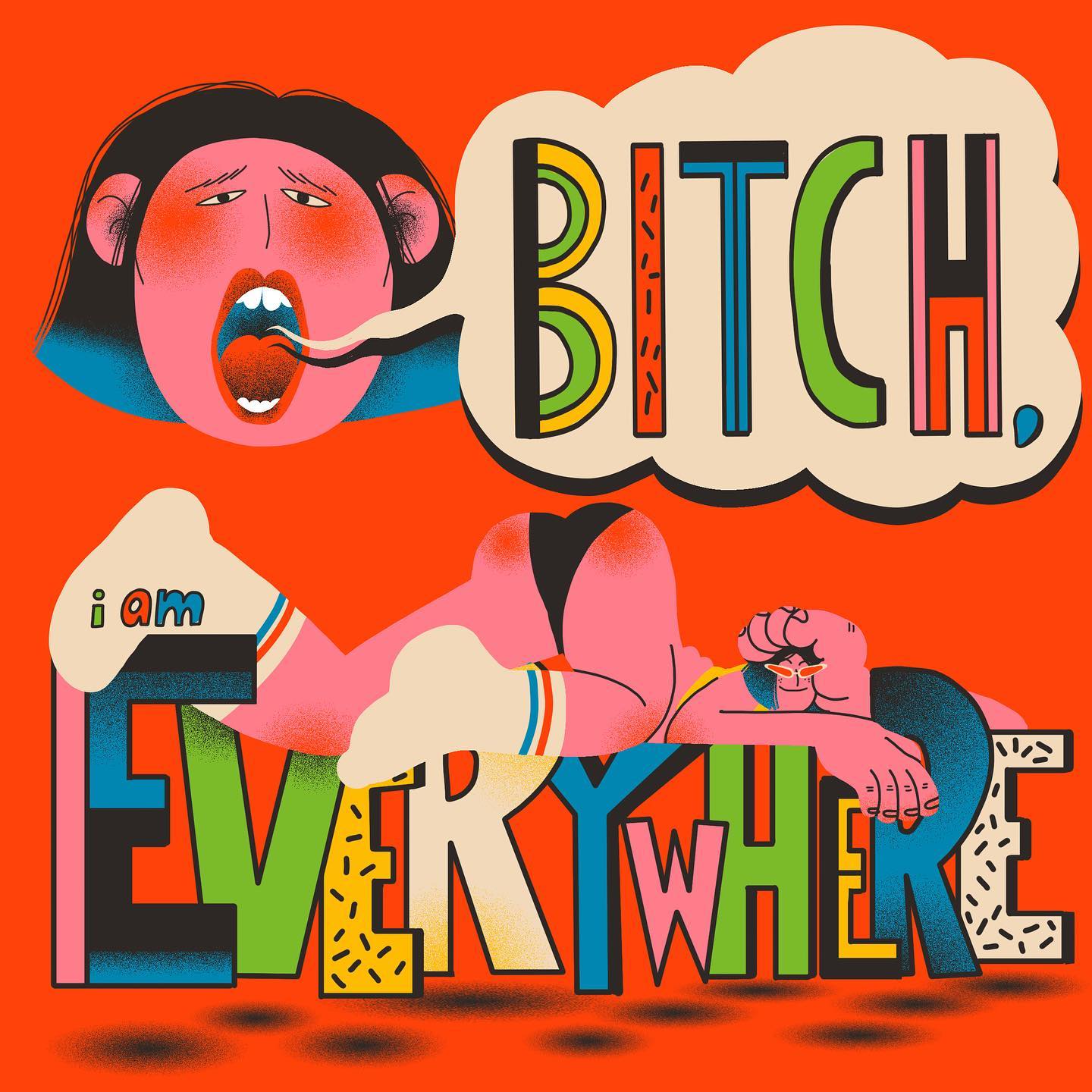
E: How do you work colour? How does it affect your work?
G: Colour is the most important part of my work. I work it in blocks – I used to be a graphic designer. It expresses feelings, character and scenarios. Colour really greatly sets the weights, and at times, the rhythms I use.
I frequently use colour to navigate between different worlds and sometimes, I pay tribute, through concealed nods, to things that have been present in my life, things that have inspired me, like movies or different albums of music.
I also use colour in a somewhat unusual way. I never colour people as if they were real, I work no-normatively. I am very much interested in inclusivity, everything about the queer, non-binary world. So, I use it to create a pleasant or safe scenario for all.
E: Is the Barcelona label a driving force for you?
G: I think that Barcelona is a label that helps you keep moving forwards. When I moved from Badalona to Barcelona, it actually opened many doors for me. I was able to study an Art Baccalaureate and, more importantly, meet lots of people.
The cool think about Barcelona is its folks. You’re out there doing some graffiti and you meet people you’ve never seen before, or you get to know somebody on the Internet and go and have a beer with them. There are so many people to discover and everybody is always so cool, they’re never a drag. Zero complaints.
E: Is there any one woman who you see as a lighthouse to you in your field?
G: Right now, Maria Medem flips me out, Anna Haifish, with her book called The Artist is also amazing. Roberta Vázquez, who’s from Barcelona, draws the most incredible comics. Cristina Daura, Clara Soriano… There are so many power women out there. When you see their work, your mouth just falls open.
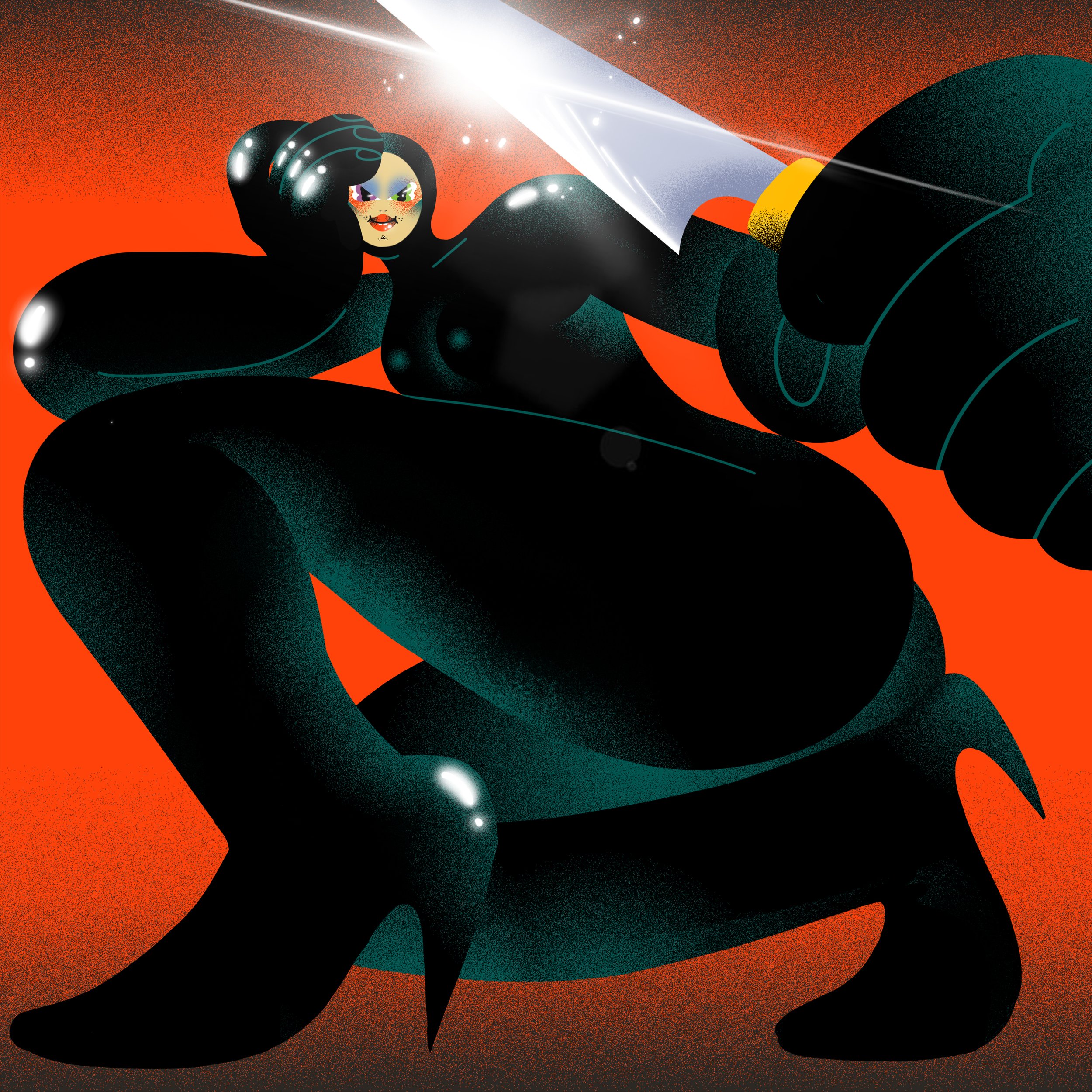
Lastly, we interviewed Martí Sawe, an artist who has built his outlook on life through graffiti art. His work is somewhere between abstract and surreal. He gives his audience space to draw its own conclusions.
“When I get to my studio, I always try to feel free, a bit afraid, and I attempt to enjoy my mistakes. I don’t set myself a precise task, nor goal. I just flow.”
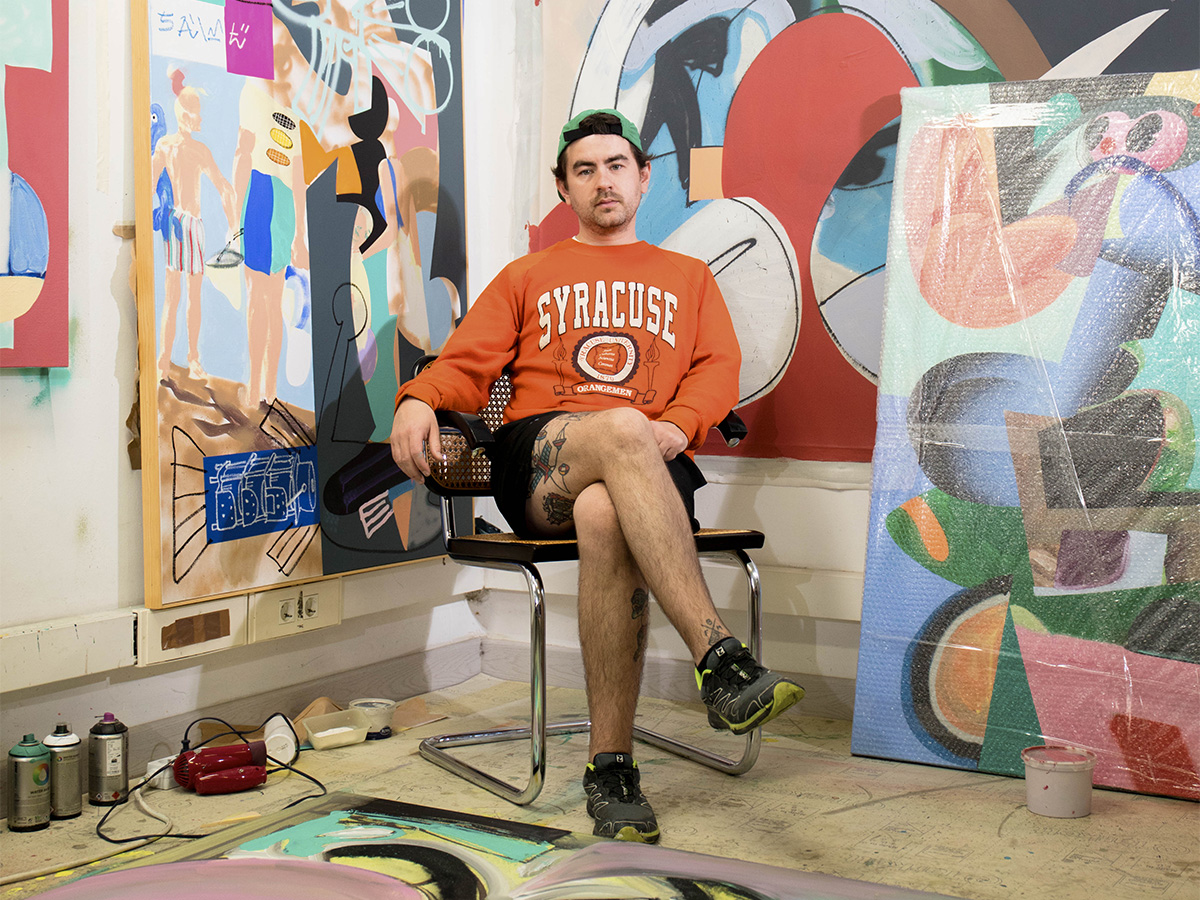
E: Tell us about your creative process? Do you have any norms?
S: With my creative process, I try to change frequently, but, above all, I attempt not to follow what I’ve learnt or what I do in the animation or illustration work I’m commissioned to do, work that I have been given a brief for, precise ideas to communicate.
In my workshop I try to discover new ways and feelings, things that might be even more absurd. That’s the kind of quagmire I want to walk through.
I didn’t study art, I don’t know if there are norms. Over the years the rules have been broken and rebuilt, they are really quite diffuse. When I start painting something I don’t set myself any rules. Each painter needs to discover their own language, and then set to it.
E: Do you see the Barcelona label as positive in art?
S: I think it’s highly positive to be from a place which is, has been and will be creative. I’ve never been compared to a Gaudí, or a Miró, but it would be great if I was. They show it is possible.
E: How do you work with colour? How important is it, and what kind of relationship do you have with it?
S: My relationship with colour is a bit weird. I really like a small, sober palette. I think it conveys maturity and good taste and brings the texture and brushstrokes to the fore. But it’s not really what I use (he laughs). I know that it is something I have to do in other parts of my work, like when I’m doing animations or illustrations and have to use just a handful of colours, I am constrained and do, in those cases, use a limited palette.
On the other hand, with my studio work, I am guided more by my intuition and end up using a whole heap of colours. I really enjoy it. I love not thinking about the colour. Instinctively building one against the other.
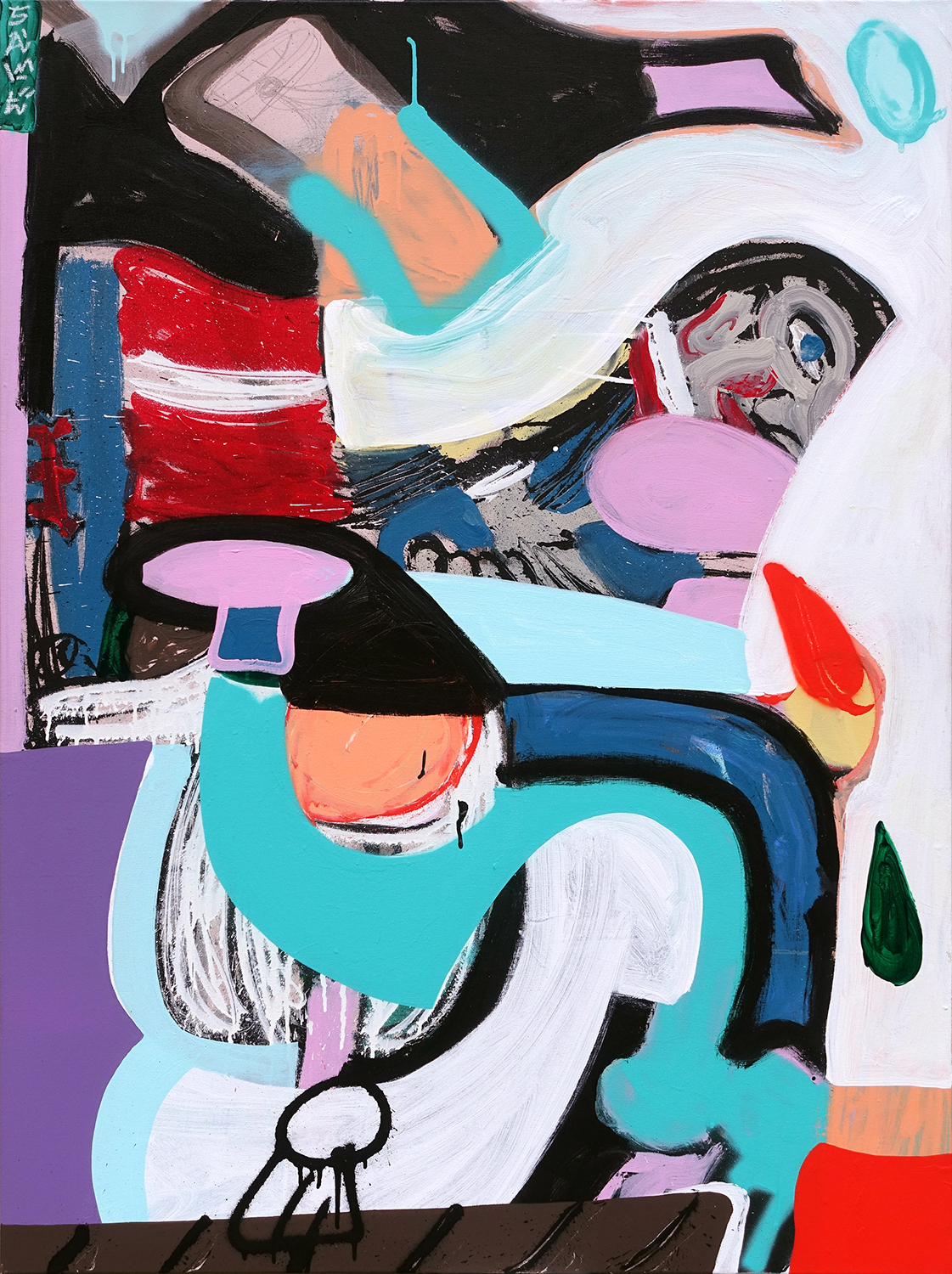
E: How does the social context affect you and your work?
S: The current context affects me more personally than in my studio work. Over the last few years my work has been more instinctive than concept based. More than working from a specific idea or intent.
I am affected by such inputs, but more in the way I behave. For example, during the pandemic I made some prints and sold them to raise funds.
I walk more and more in the field of abstract work, not content. I think we see too much moaning, twitter, rectifying, cancelling, pointing fingers. I don’t want to be part of that, nor do I want to create militant content.
I want to create things that are open ended. Yes, you can see things in them, I can see my own demands, while somebody else might see something different. But, for the time being, my idea is not to make militant demands. I prefer experimentation, seeking new aesthetics and more random inputs from my everyday life.

You can watch the short video of the Interviews on Youtube!

